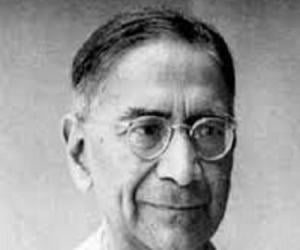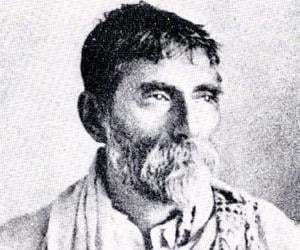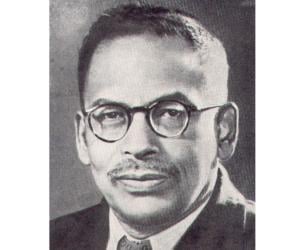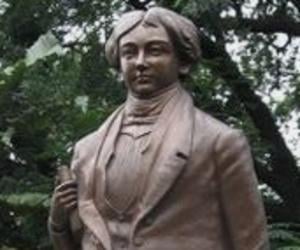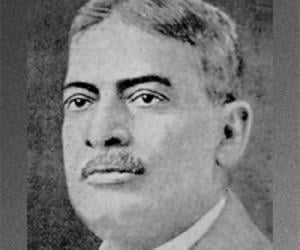Best known for conceptualizing the Mahalanobis distance, Prasanta Chandra Mahalanobis was a renowned Padma Vibhushan-winning Indian statistician who played a major role in his country’s industrialization policies of the Second Five-Year Plan. He also taught at his alma, Presidency College, and was one of the founders of the Indian Statistical Institute.
Indian Bengali chemist Prafulla Chandra Ray founded the country’s first pharma company, Bengal Chemicals. Educated in Calcutta and Edinburgh, he later worked from his home, a room on the first floor of the college where he taught. Knighted for his achievements, he donated generous sums to the Brahmo Samaj initiatives.
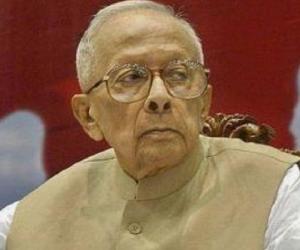
Indian astrophysicist Meghnad Saha is best remembered for developing the thermal ionization equation. A grocer’s son, he relied on merit alone to excel in academics and eventually became a professor at the universities of Allahabad and Calcutta. He was also a Lok Sabha MP and a Fellow of the Royal Society.
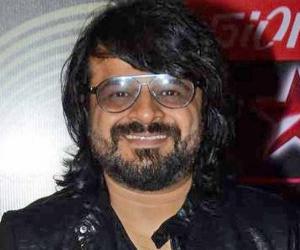
Known for blending Indian classical music with contemporary undertones, Indian music director, composer, and record producer, Pritam Chakraborty is also a well-known singer and instrumentalist. Beginning his career with ad jingles, he later partnered with Jeet Ganguly to compose music for Hindi films before going solo. He has won numerous awards for his work, concurrently helping budding musicians through his organization JAM8.
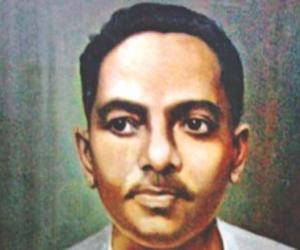
Henry Louis Vivian Derozio was an Anglo-Indian poet who became the assistant headmaster of Hindu College, Kolkata. He was born to a Christian Indo-Portuguese father and an English mother in British India. A brilliant young man, he was a radical thinker of his time, and his activities kindled the intellectual revolution in Bengal. Unfortunately, he died at the age of 22.
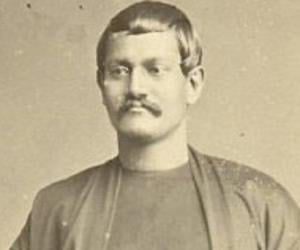
Keshab Chunder Sen was an Indian social reformer and philosopher. Although he was born a Hindu, Sen thought highly of Christian theology and wanted to incorporate the theology of Christian practice into the framework of Hindu thought. By the use of Christian missionary methods, Keshab Chunder Sen effected several social reforms in India.
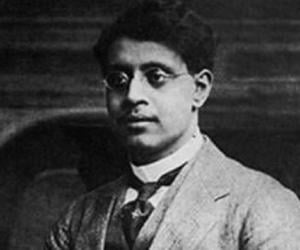
Sukumar Ray was a 19th-century Bengali writer and poet born in British India. He is most remembered for his writings for children. He was born into a prominent family as the son of a famous writer, painter, and instrumentalist. Sukumar Ray worked during the pinnacle of the Bengal Renaissance and was close friends with Rabindranath Tagore.
The son of an East Indian Railways physician, leading Indian scientist and doctor Upendranath Brahmachari was the first to use Urea-Stibamine as a treatment for Kala-azar. Apart from winning honors such as the knighthood and the title of Rai Bahadur, he was also nominated for the Nobel Prize twice.
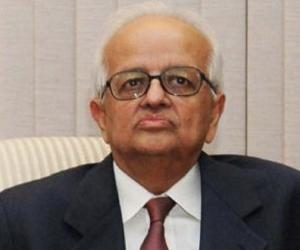
Bimal Jalan is an Indian economist and politician. From 1997 to 2003, Jalan served as the Governor of the Reserve Bank of India. A respected economist, he also served as the seventh Chief Economic Adviser to the Government of India.
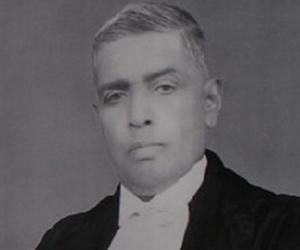
Radhabinod Pal was a British-Indian jurist who was among the three Asian judges selected to judge the Tokyo War Crimes Tribunal of Japanese war crimes, which were committed during World War II. Pal was the only judge to suggest that the defendants were not guilty. From 1952 to 1966, he served as a member of the UN's International Law Commission.
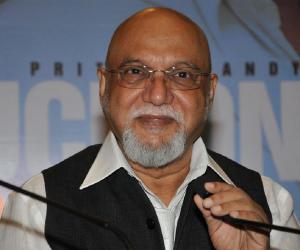
Pritish Nandy is an Indian poet, journalist, painter, media and television personality, parliamentarian, animal activist, and filmmaker. A multi-talented person, Nandy has achieved immense popularity for his work in various fields, such as literature, journalism, politics, humanism, and entertainment. Pritish Nandy is the recipient of several awards including the Padma Shri Award, International Humanitarian Award, and Bangladesh Liberation War Award.
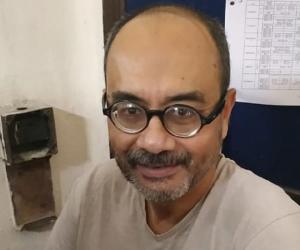
Ashoke Sen is an Indian theoretical physicist whose immense contribution to string theory has earned him accolades and respect around the world. The recipient of several prestigious awards like the Padma Shri and Padma Bhushan, Sen also serves as a professor at several prestigious institutions like the Harish-Chandra Research Institute, Massachusetts Institute of Technology, and Korea Institute for Advanced Study.
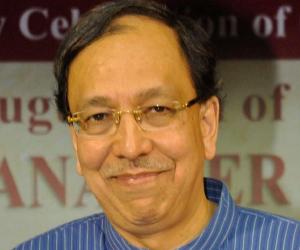
Apart from being a noted South Asian historian and a Tufts and Harvard faculty, Sugata Bose is also a descendant of Netaji Subhas Chandra Bose. A Presidency College and Cambridge alumnus, he has penned books such as His Majesty's Opponent and has also been a TMC MP.

Renowned TV journalist Udayan Mukherjee, who had once received the Ramnath Goenka Award for the Journalist of the Year, is also known for his stint as the MD of CNBC India. He has now moved to Uttarakhand, where he lives a quiet life. He has also penned novels such as Essential Items.
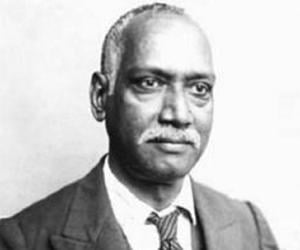
Jadunath Sarkar rose from a humble background in a Bengal village and gained a scholarship at Calcutta University. He later taught both English and history and was associated with his alma, Presidency College, and BHU as a faculty. Specializing in Mughal history, he was later knighted by the British.
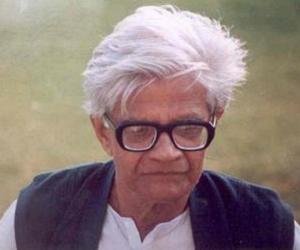
Indian physicist Amal Kumar Raychaudhuri laid down the Raychaudhuri equation, named after him. The celebrated Presidency College professor was a made a Fellow of the Indian Academy of Sciences. He would always be dressed in his simple attire of white dhoti-kurta, even when he taught in the U.S. universities.
